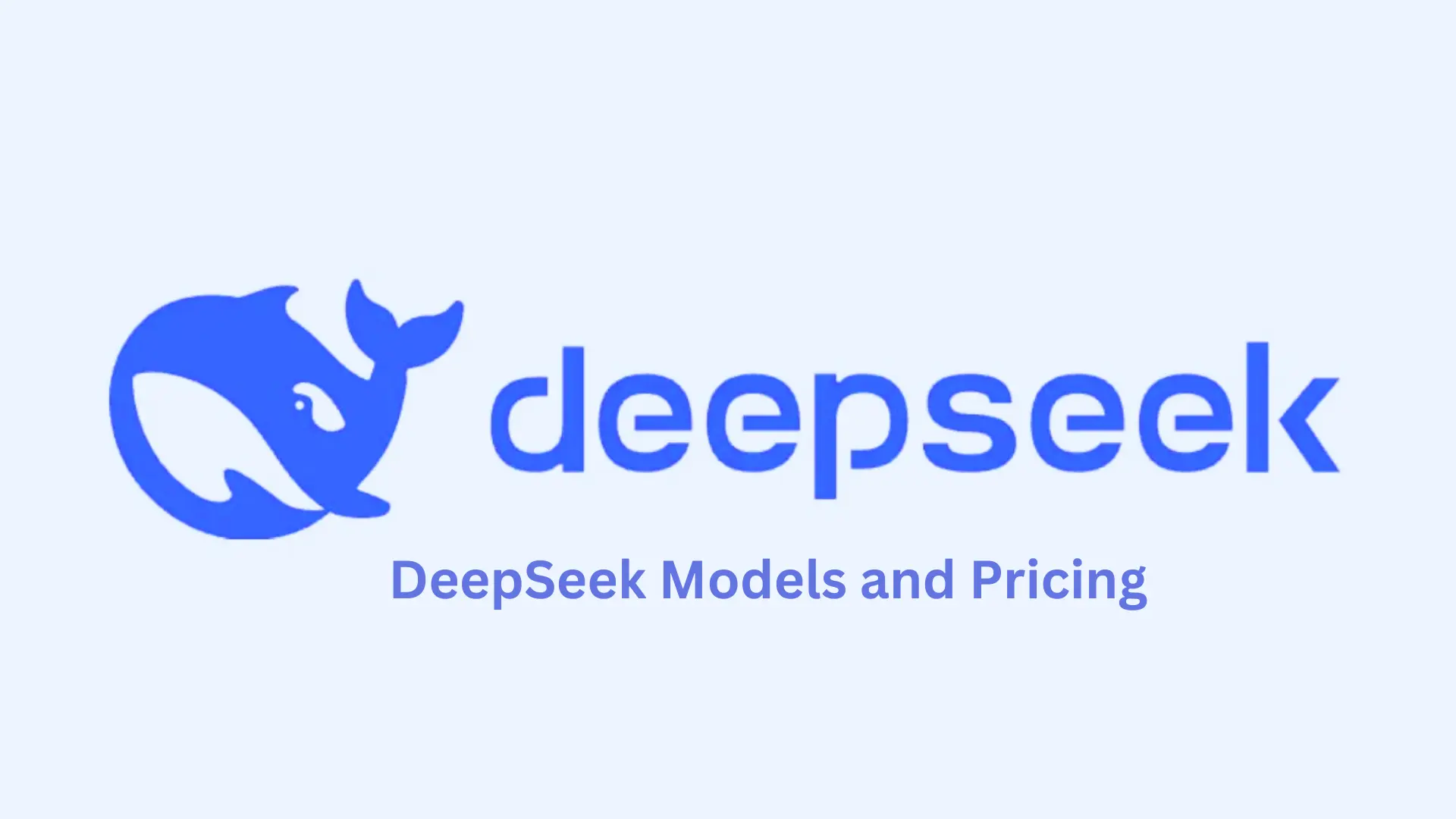Artificial Intelligence (AI) has revolutionized multiple industries, and language models are at the forefront of this transformation. DeepSeek AI is one such advanced AI model provider that offers state-of-the-art natural language processing (NLP) capabilities.
If you know exactly the pricing, token structure, and use cases of DeepSeek models then you can optimize their use in your business or research. On this page, we will discuss our research on the DeepSeek-Chat and DeepSeek-R1 models, their key features, pricing structure, token calculation, API rate limits, and deduction rules.
DeepSeek Models Overview
DeepSeek currently provides two main models, DeepSeek-Chat and DeepSeek-R1 Both models support extensive context lengths and are priced based on token usage, making it essential to understand how they operate.
DeepSeek-Chat Model Key Features
DeepSeek-Chat is an advanced AI chatbot optimized for handling general conversations, providing informative responses, and supporting a broad range of topics. The Opdeepseek team found it highly effective for general AI-driven dialogue. What sets it apart is its ability to maintain context over extensive text exchanges without losing track of the conversation.
One notable feature is its ability to handle up to 64,000 tokens in context, which means it can keep track of long discussions or complex inquiries. Some other key features are discussed below.
- Context Length: 64,000 tokens
- Maximum Output Tokens: 8,000 tokens
- Ideal For: Customer service, content generation, general Q&A, and casual conversations
- Pricing: Based on token usage (detailed in the next section)
DeepSeek-R1 Model Key Features
DeepSeek-R1 is built for complex reasoning and problem-solving tasks. It incorporates Chain of Thought (CoT) tokens, allowing it to process information in a more structured and logical way.The model supports a maximum context length of 64,000 tokens, just like DeepSeek-Chat. What makes it stand out, though, is its ability to process up to 32,000 CoT tokens. Here Are the key features.
- Context Length: 64,000 tokens
- Maximum CoT Tokens: 32,000 tokens
- Maximum Output Tokens: 8,000 tokens
- Ideal For: Complex reasoning, research, technical analysis, and problem-solving
- Pricing: Token-based cost structure
DeepSeek Models and Pricing Table
Pricing is an important factor when choosing an AI model. DeepSeek follows a per-million-token pricing model, distinguishing between “cache hit” and “cache miss” rates.
| Model | Context Length | Max CoT Tokens | Max Output Tokens | Cache Hit Price (per 1M Tokens) | Cache Miss Price (per 1M Tokens) |
| DeepSeek-Chat | 64,000 | N/A | 8,000 | $0.014 | $0.14 |
| DeepSeek-R1 | 64,000 | 32,000 | 8,000 | $0.14 | $0.55 |
Cache Hits and Misses:
- Cache Hit: When previously processed data is reused, reducing computational costs.
- Cache Miss: When new data requires full processing, resulting in a higher cost.
These rates allow users to optimize costs based on how they manage API requests and data caching.
Token Usage and Cost Calculation
Tokens are the fundamental unit of text in AI processing. Learning about how token usage is calculated helps optimize cost and efficiency. This pricing structure helps developers plan budgets effectively when integrating DeepSeek into applications.
Token Conversion Guidelines:
- English Characters: ~1 character = 0.3 tokens
- Chinese Characters: ~1 character = 0.6 tokens
- Spaces and Punctuation: Count as separate tokens
Example Cost Calculation:
If you process 500,000 tokens with DeepSeek-Chat:
- Cache Hit: 500,000 / 1,000,000 * $0.014 = $0.007
- Cache Miss: 500,000 / 1,000,000 * $0.14 = $0.07
The Temperature Parameter & Use Cases
The temperature parameter in AI models determines response randomness and creativity. Lower values yield structured and predictable outputs, while higher values produce more diversified and imaginative responses.
| Use Case | Recommended Temperature |
| Coding / Math | 0.0 (Precise, deterministic output) |
| Data Cleaning / Analysis | 1.0 (Balanced responses) |
| General Conversation | 1.3 (Natural responses) |
| Translation | 1.3 (Accurate, contextual translations) |
| Creative Writing / Poetry | 1.5 (More creative, expressive text) |
DeepSeek API Rate Limit
DeepSeek’s API usage policies help balance server load and ensure stable performance. The flexibility by DeepSeek makes it ideal for both high-frequency applications and large-scale batch processing.
- No strict per-minute or per-hour rate limits
- Possible response delays during peak usage
- Requests taking over 30 minutes are automatically closed
Deduction Rules by DeepSeek
DeepSeek uses a straightforward billing model based on token usage. Costs are deducted for both input and output tokens processed by the model. Cache hits are priced lower, making it more cost-effective if you’re working with repetitive tasks. On the other hand, cache misses are a bit pricier since fresh data retrieval requires more processing power.
- The number of tokens used determines the final cost.
- Charges are deducted from the account balance (granted balance used first).
- Pricing may change over time, so checking updates regularly is recommended.
Keeping track of token usage and deduction patterns ensures efficient budgeting.
Conclusion
DeepSeek’s AI models offer powerful NLP capabilities at competitive rates.it is important to know the pricing structure, token consumption, API limits, and recommended temperature settings, If you are a business or a developer you can make informed decisions when integrating DeepSeek-Chat and DeepSeek-R1 into your projects.
With the flexibility of cache-based pricing and optimized models for different tasks, DeepSeek remains a valuable tool for conversational AI and complex reasoning applications.
